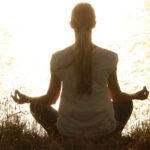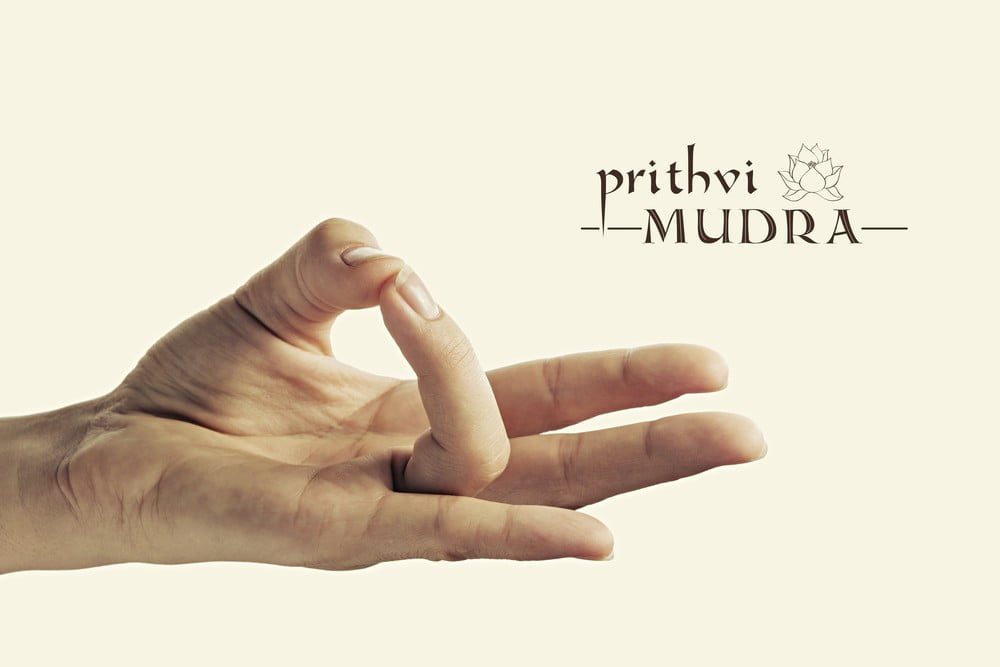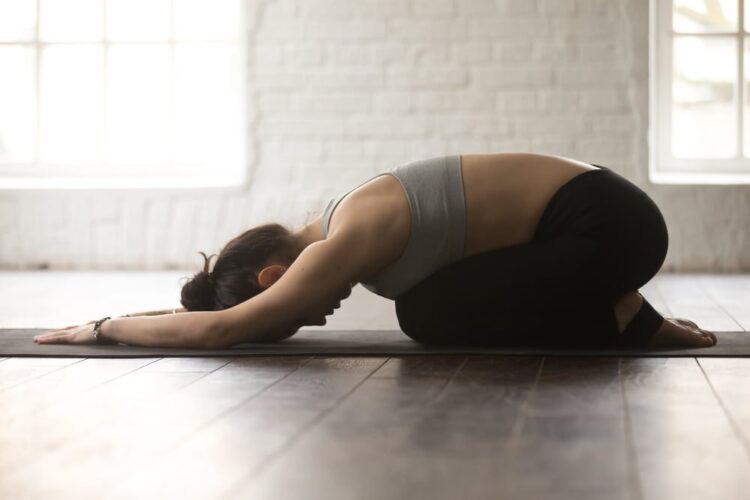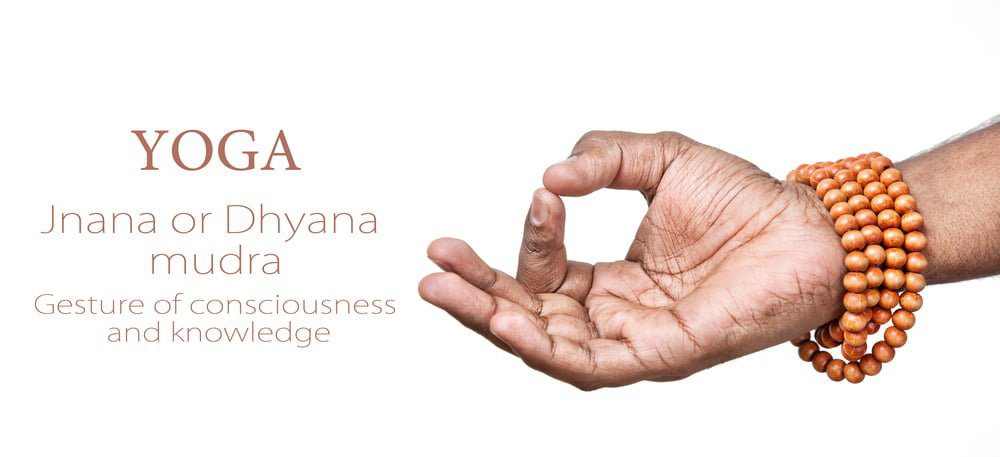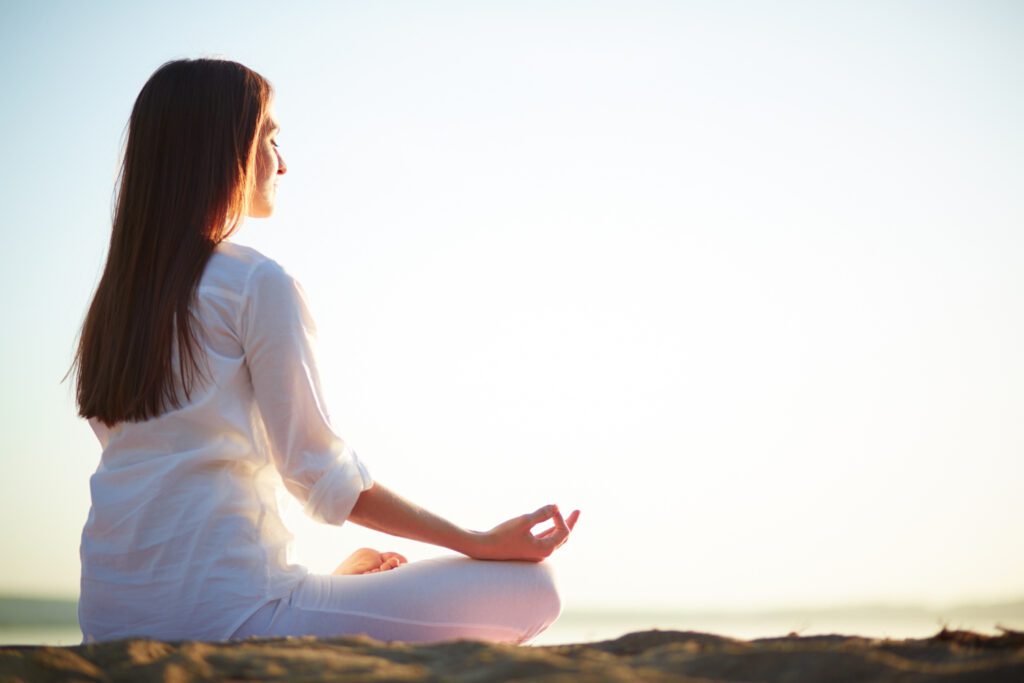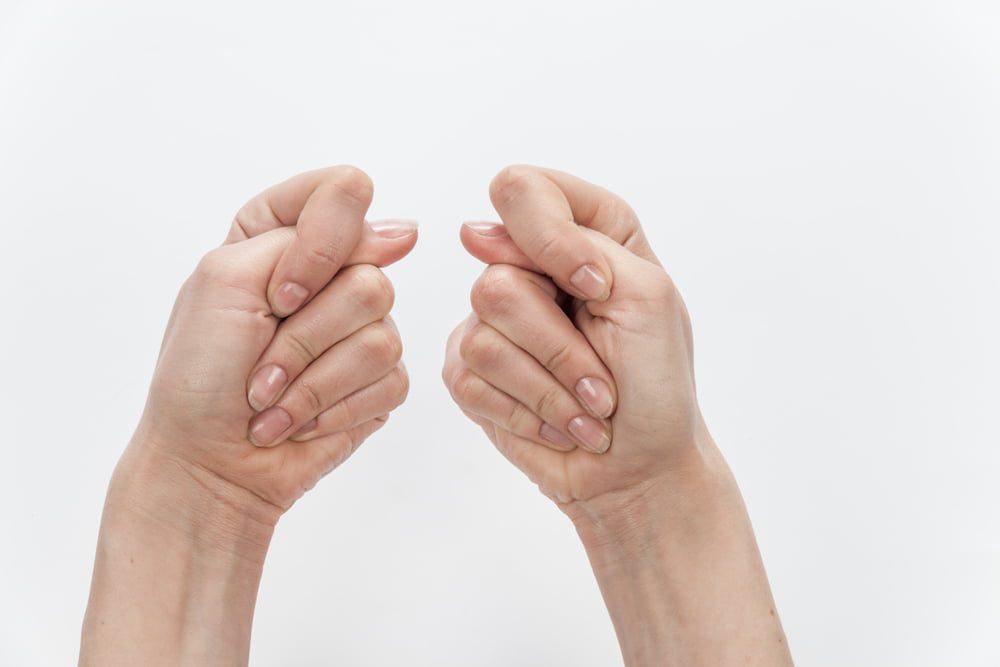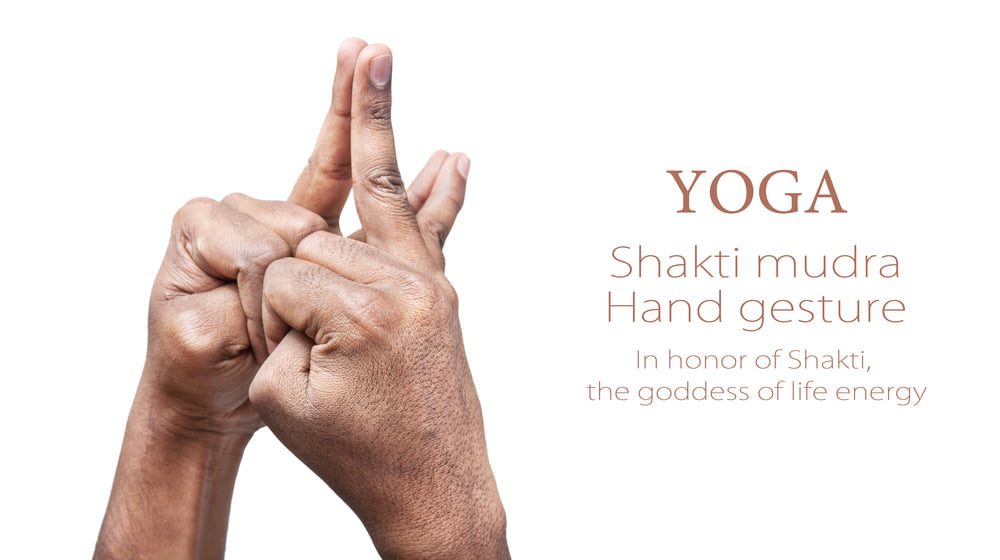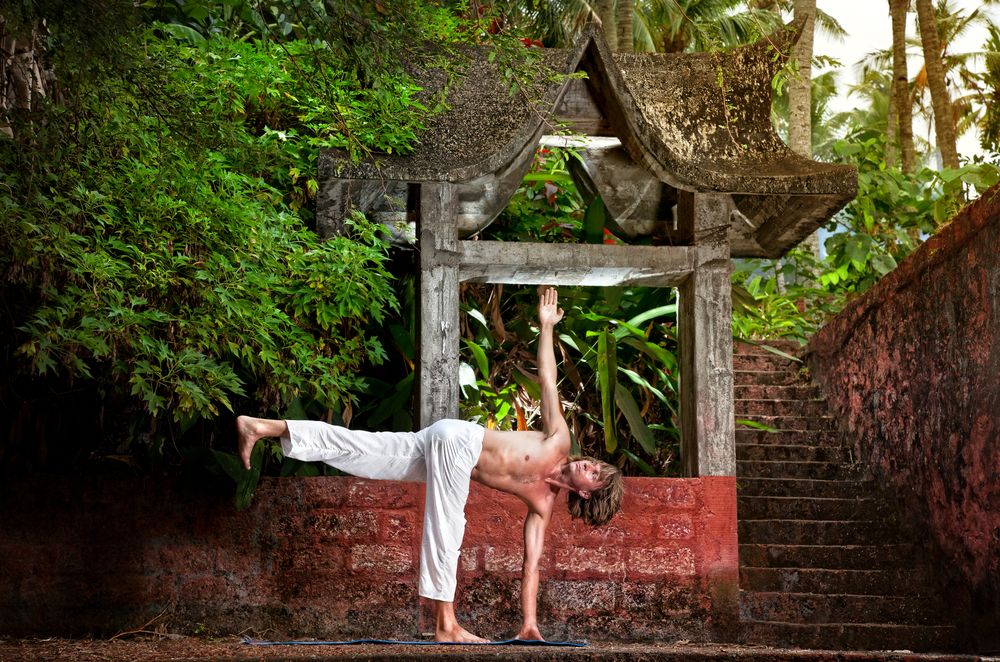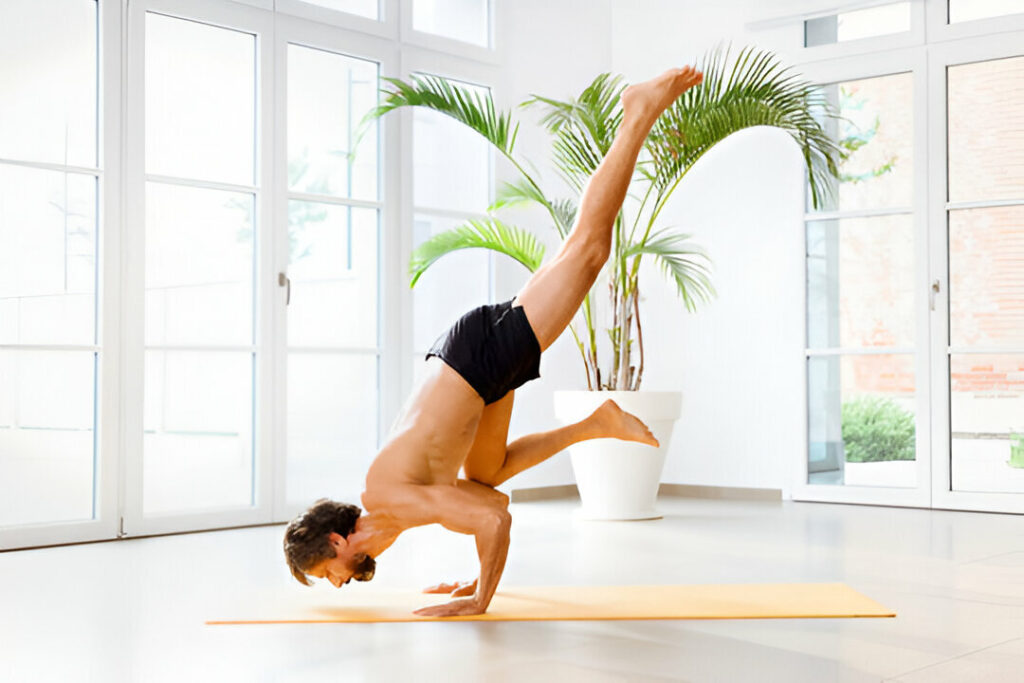Yoga has long been regarded as a practice that promotes physical, mental, and emotional well-being. From improving flexibility and balance to reducing stress and anxiety, yoga offers a multitude of benefits for individuals of all ages and fitness levels. While traditional yoga poses are commonly performed on a mat, there is a growing trend of incorporating wall yoga into one’s practice. This innovative approach combines the principles of yoga with the stability and support of a wall, allowing practitioners to deepen their stretches, enhance their alignment, and explore new variations.
In this article, we will explore the top 10 yoga poses on the wall that you must try to take your practice to new heights and experience the transformative power of wall yoga. Whether you are a seasoned yogi or new to the practice, these poses will challenge and invigorate your body, mind, and soul. So grab a wall, roll out your mat, and let’s embark on this exciting journey of wall yoga together.
Does Wall yoga really work?
Wall yoga is a form of yoga that incorporates the use of a wall as a prop to enhance and deepen the practice. It involves performing traditional yoga poses while using the wall for support, alignment, and stability. Many practitioners claim that wall yoga helps improve flexibility, balance, and strength, as well as aids in the correct alignment of the body.
The support from the wall allows individuals to hold poses for longer durations, enabling a deeper stretch and enhancing the overall benefits of the practice. Additionally, using the wall can provide a sense of security and confidence, making it a suitable option for beginners or those with limited mobility. While individual results may vary, overall, wall yoga has gained popularity and positive feedback, suggesting that it can indeed be an effective and beneficial form of yoga practice.
What is the purpose of wall yoga?
The purpose of wall yoga is to provide support and assistance to practitioners while they explore and deepen their yoga practice. By utilizing the wall as a prop, individuals can experience a heightened sense of stability, alignment, and balance. Wall yoga allows for modifications and variations of traditional yoga poses, making them more accessible and achievable for all levels of practitioners. It also serves as a tool for improving body awareness, flexibility, and strength. The wall acts as a partner, offering resistance and feedback, enabling practitioners to refine their poses and cultivate mindfulness in their practice. Additionally, wall yoga can be used for therapeutic purposes, aiding in the release of tension and stress, as well as promoting relaxation and rejuvenation.
Top 10 yoga Poses on the wall and How to do.
1. Downward Facing Dog on the Wall.
– Begin by standing facing the wall, with your arms extended and palms flat against the wall at shoulder height.
– Step back with your feet, keeping them hip-width apart, and start to walk your hands down the wall as you simultaneously walk your feet away from the wall.
– Your body should form an inverted “V” shape, with your hips reaching towards the ceiling and your heels pressing towards the ground.
– Hold this pose for several breaths, allowing your spine to lengthen and your shoulders to relax.
2. Legs Up the Wall.
– Sit next to a wall with your side body touching the wall.
– Lie back on the ground, extending your legs up the wall, so that your body forms a 90-degree angle.
– Relax your arms by your sides, palms facing up, and close your eyes.
– Breathe deeply and hold this pose for a few minutes, allowing the blood to flow towards your head and promoting relaxation.
3. L-shaped Handstand against the Wall.
– Start by standing facing the wall, about an arm’s distance away.
– Place your hands on the ground shoulder-width apart, fingers pointing towards the wall.
– Kick one leg up towards the wall, using the momentum to lift your other leg off the ground.
– Press your hands firmly into the ground, engaging your core, and continue to kick both legs up towards the wall until your body forms an “L” shape.
– Keep your gaze between your hands and hold this pose for as long as comfortable, focusing on your breath.
4. Wall Supported Headstand.
– Begin by kneeling facing the wall, with your forearms resting on the ground and your hands clasped together.
– Place the top of your head on the ground, cradled between your palms, and walk your feet in towards your body.
– Slowly lift your knees off the ground, using your core strength, until your body is in a straight line and your weight is supported by your forearms and head.
– Keep your gaze relaxed and hold this pose for as long as comfortable, breathing deeply.
5. Wall Supported Shoulderstand.
– Lie down on your back with your hips close to the wall.
– Lift your legs up, placing your feet against the wall, and press your hands into the ground for support.
– Slowly lift your hips off the ground, bringing your legs up towards the ceiling and your torso perpendicular to the ground.
– Support your lower back with your hands and walk your hands towards your shoulder blades.
– Hold this pose, focusing on your breath and allowing your neck and shoulders to relax.
6. Wall Supported Pigeon Pose.
– Stand facing the wall and place your palms flat against the wall at shoulder height.
– Step one foot forward, bending your knee and placing your shin vertically against the wall.
– Slide your back leg back, keeping it straight, and press your palms into the wall for support.
– Sink into the stretch, feeling the opening in your hips, and hold for several breaths before switching sides.
7. Wall Supported Warrior II.
– Stand facing the wall with your feet hip-width apart.
– Step one foot back, turning it out at a 45-degree angle, and press the outer edge of your back foot against the wall.
– Bend your front knee, ensuring it is directly above your ankle, and extend your arms out to the sides, parallel to the ground.
– Gaze over your front fingertips, keeping your chest open, and hold this pose for several breaths before switching sides.
8. Wall Supported Tree Pose.
– Stand facing the wall, placing one hand lightly against it for support.
– Shift your weight onto one foot and lift the opposite foot, placing the sole against the inner thigh of your standing leg.
– Find your balance and bring your palms together at your heart center.
– Engage your core and lengthen your spine, finding a steady gaze in front of you.
– Hold this pose for several breaths before switching sides.
9. Wall Supported Half Moon Pose.
– Stand facing the wall with your feet hip-width apart.
– Place one hand on the wall for support and shift your weight onto one foot.
– Lift your opposite leg, keeping it straight, and simultaneously reach your opposite arm up towards the ceiling.
– Engage your core and open your chest, finding your balance in this standing side stretch.
– Hold this pose for several breaths before switching sides.
10. Wall Supported Savasana.
– Lie down on your back with your hips close to the wall.
– Extend your legs up against the wall, allowing them to relax fully.
– Rest your arms by your sides, palms facing up, and close your eyes.
– Breathe deeply and surrender your entire body to the support of the wall, letting go of any tension or stress.
– Stay in this pose for several minutes, focusing on your breath and enjoying the deep relaxation.
Benefits of yoga on the wall.
Yoga on the wall offers several unique benefits that can enhance your yoga practice and provide a deeper level of relaxation, strength, and alignment. Here are some of the significant advantages of incorporating wall yoga into your routine:
1. Improved alignment.
Practicing yoga poses against the wall allows you to align your body more precisely. The wall acts as a supportive guide, helping you maintain proper posture and positioning. It enables you to explore correct alignment while engaging specific muscles, leading to better overall alignment in your regular yoga practice.
2. Enhanced balance.
Wall yoga poses challenge your balance and stability in a different way. By utilizing the wall as a prop, you can gradually build strength and stability while maintaining steady balance. This provides an opportunity to focus on strengthening your core and improving your overall balance, which can be beneficial for other physical activities and daily life.
3. Increased flexibility.
The wall can be used as a tool to deepen your stretches and increase flexibility. It provides support and stability, allowing you to safely explore a wider range of motion in various poses. By utilizing the wall, you can gently push yourself a bit further into a stretch, helping to release tension and promote greater flexibility over time.
4. Deeper relaxation.
Restorative poses against the wall can induce a profound sense of relaxation and release. The gentle support of the wall allows your body to fully relax into the pose, promoting a state of calmness and tranquility. This can be especially helpful for reducing stress, anxiety, and promoting better sleep patterns.
5. Strengthening the core.
Many wall yoga poses require engaging the core muscles to maintain stability and balance. By using the wall as a prop, you can target and strengthen your core more effectively. These poses activate the deep abdominal muscles, helping to build a strong and stable core foundation, which is essential for maintaining good posture and preventing injuries.
6. Injury prevention and recovery.
Wall yoga offers a safe and supportive environment to practice yoga, making it an excellent option for individuals recovering from injuries or those with limited mobility. The wall acts as a gentle guide, allowing you to modify poses and gradually increase your strength and flexibility without putting excessive strain on injured or vulnerable areas.
7. Mind-body connection.
Practicing yoga on the wall can deepen your mind-body connection. The wall serves as a focal point, allowing you to concentrate on the present moment and the sensations within your body. This heightened awareness helps to cultivate mindfulness, promoting a deeper connection with your breath, body, and overall yoga practice.
| 💡 Tips Verywel Fit.com Incorporating wall yoga into your regular practice can provide a myriad of benefits, both physically and mentally. Whether you’re a beginner or an experienced yoga practitioner, exploring the advantages of yoga on the wall can enhance your practice, deepen your understanding of alignment, and offer a new level of relaxation and strength. |
Precautions to take while doing yoga on the wall.
– Ensure that the wall is sturdy and securely attached to avoid any risk of it falling or collapsing during the practice.
– Clear the area around the wall to create a safe and open space for movement.
– Use a yoga mat or non-slip surface to prevent slipping or sliding while practicing poses against the wall.
– Warm up your body before attempting wall yoga to avoid strains or injuries.
– Start with beginner-friendly poses and gradually progress to more advanced poses as you gain strength and confidence.
– Listen to your body and modify or skip poses that feel uncomfortable or cause pain.
– Maintain proper alignment and engage your core muscles to support your body during wall yoga poses.
– Seek guidance from a qualified yoga instructor to learn proper techniques and avoid injury.
– Be mindful of any existing health conditions or physical limitations that may affect your ability to practice wall yoga safely.
– Take breaks as needed and don’t push yourself beyond your limits.
Who Can Do Yoga on the wall?
Whether you are an experienced yogi or a beginner, anyone can engage in wall yoga to enhance their flexibility, strength, and balance. This form of yoga is especially beneficial for individuals with limited mobility, recovering from injuries, or seeking a gentle yet effective practice. The wall provides support and stability, allowing practitioners to explore various poses with ease and safety. Whether you are young or old, athletic or sedentary, wall yoga offers a unique opportunity to deepen your practice and experience the numerous physical and mental benefits of yoga.
Who should avoid doing yoga on the wall?
While yoga on the wall can be a beneficial practice for many individuals, there are certain groups of people who should exercise caution or avoid this particular form of yoga altogether. Pregnant women should avoid yoga on the wall, as it involves inversions and positions that may put excessive pressure on the abdomen or compromise the stability of the pregnancy. Individuals with high blood pressure or heart conditions should also refrain from practicing yoga on the wall, as it can lead to an increase in blood pressure and strain on the heart.
Those with any recent injuries, particularly to the shoulders, wrists, or spine, should avoid this practice as it may exacerbate their condition. Additionally, individuals with vertigo or inner ear problems should steer clear of yoga on the wall, as inversions and upside-down positions can trigger dizziness or imbalance. Consulting with a healthcare professional or certified yoga instructor is always recommended before attempting any new form of physical activity or exercise.
Bottom Line.
Yoga on the wall offers a unique and beneficial way to enhance one’s yoga practice. It provides a variety of physical and mental benefits, such as improved flexibility, strength, and focus. The use of the wall as a prop allows for deeper stretches, greater stability, and increased alignment awareness. Additionally, practicing yoga on the wall can be a fun and challenging way to add variety to one’s routine. Whether you are a beginner or an experienced yogi, incorporating wall yoga into your practice can bring about positive changes in both your physical and mental well-being. So, why not give it a try and experience the transformative power of yoga on the wall?
How we reviewed this article:
Our team of experts is always monitoring the health and wellness field, ensuring that our articles are updated promptly as new information emerges. See Our Editorial Process
Dec 7, 2025
Written By: Uttam
Reviewed By: Anirudh Gupta
Written By: Uttam
Reviewed By: Anirudh Gupta

 Workout
Workout
 Meditation
Meditation





 Contact Us
Contact Us





